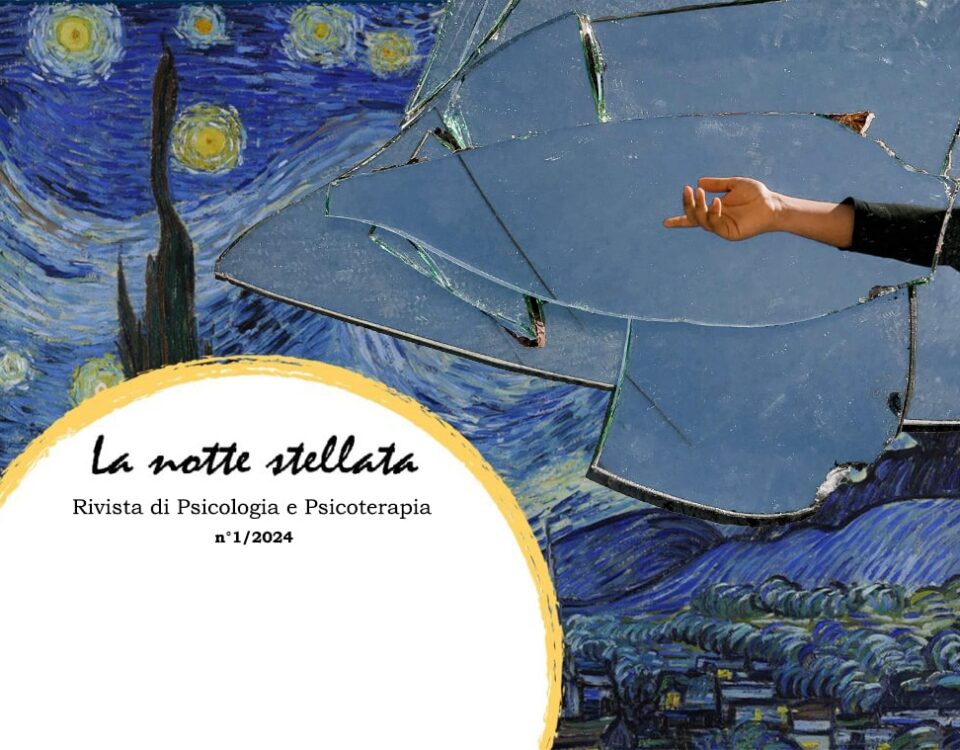
Meccanismi intrapsichici e relazionali.

Il tiro alla fune.
La notte stellata. Rivista di psicologia e psicoterapia n° 2/2023- 2 +2 NON FA QUATTRO – pag 80-93
Terrore della dipendenza in un paziente tossicodipendente.
Giuseppe Marras*
Abstract
Che le tossicodipendenze rimandino alla potenza psico-farmacologica delle sostanze, è ovvio. Meno ovvio, ma secondo me altrettanto vero, è che esse rimandino anche all’esistenza, nell’individuo che diverrà tossicodipendente, di una importante “fragilità strutturale della personalità” (“fsdp”). È rispetto a tale “fsdp”, e alle correlate, specifiche problematiche esistenziali, che le sostanze si pongono in qualche modo ahimè come “autocura” (o “sostegno” o “rifugio”).
L’esistenza di una “fsdp” era evidente anche per la “tossicodipendenza” di Paolo, un giovane “timido”, “riservato”, che ho seguito al Sert per circa tre anni intorno al 2000. Tuttavia, ciò che mi ha spinto a scrivere di questo caso non è stata tanto la conferma del nesso tra “fsdp” e tossicodipendenza, quanto la scoperta in esso di un dato clinico davvero singolare: la strenua “negazione” da parte del paziente dell’esistenza in lui di uno stato di Dipendenza dalle sostanze, e al tempo stesso il “terrore” rispetto alla possibilità dell’insorgenza di tale stato.
Attraverso un percorso investigativo alquanto tortuoso sono arrivato a capire – credo – “la logica segreta” (Miller, 1980) di questo sentire paradossale, che induceva nel paziente un comportamento di rigido “autocontrollo” nell’uso delle sostanze. È stata una sorpresa per me arrivare ad appurare che il comportamento apparentemente assurdo di Paolo poteva essere spiegato dagli stessi fattori che avevano favorito la comparsa della sua “fsdp”.
AbstractIt is obvious that drug addiction refers to the psycho-pharmacological power of substances. Less obvious, but in my opinion equally true, is that they also refer to the existence, in the individual who will become a drug addict, of an important “structural fragility of the personality” (“fsdp”). It is with respect to this “fsdp”, and to the correlated, specific existential problems, that alas, substances pose themselves in some way as a “self-cure” (or “support” or “refuge”).
The existence of a “fsdp” was also evident for the “drug addiction” of Paolo, a “shy”, “reserved” young man whom I followed at the Sert for about three years around 2000. However, what prompted me to writing about this case was not so much the confirmation of the link between “fsdp” and drug addiction, but the discovery of a truly singular clinical fact: the patient’s strenuous “denial” of the existence in himself of a state of Addiction from substances, and at the same time the “terror” with respect to the possibility of the onset of this state.
Through a somewhat tortuous investigative path I came to understand – I believe – “the secret logic” (Miller, 1980) of this paradoxical feeling, which induced in the patient a behavior of rigid “self-control” in the use of substances. It was a surprise for me to discover that Paolo’s apparently absurd behavior could be explained by the same factors that had favored the appearance of his “fsdp”.
Scarica la versione completa dell’articolo
Note
*Giuseppe Marras, Medico e psicoterapeuta Sert Asl di Cagliari
© RIPRODUZIONE RISERVATA




